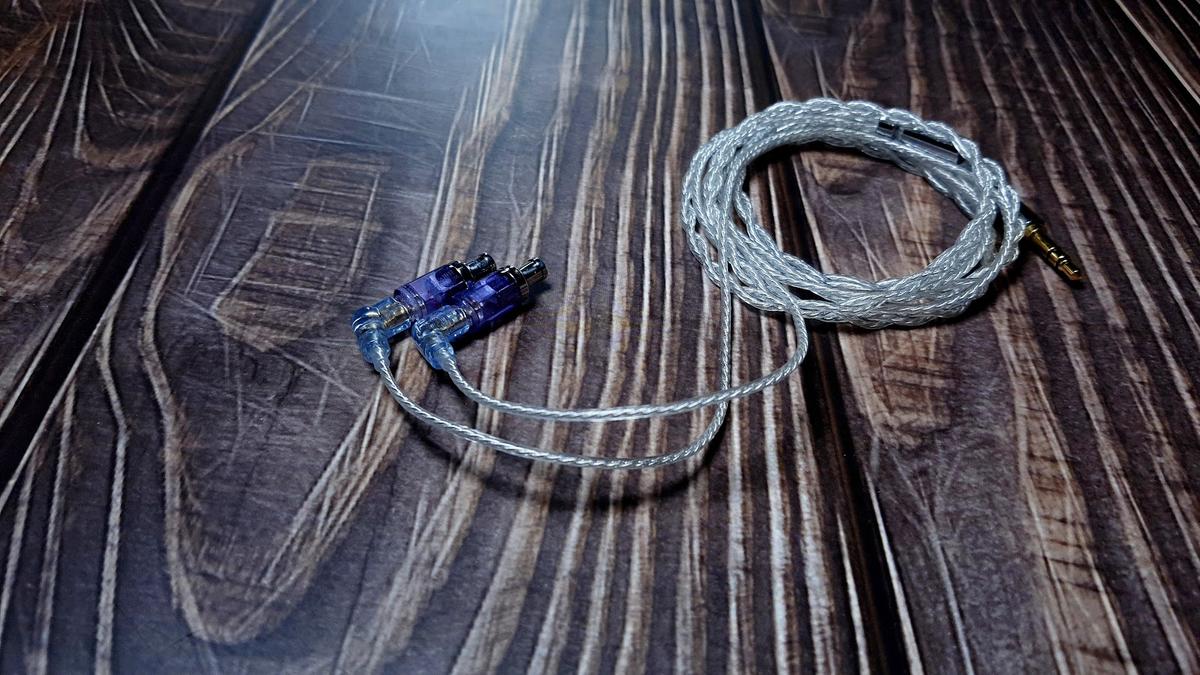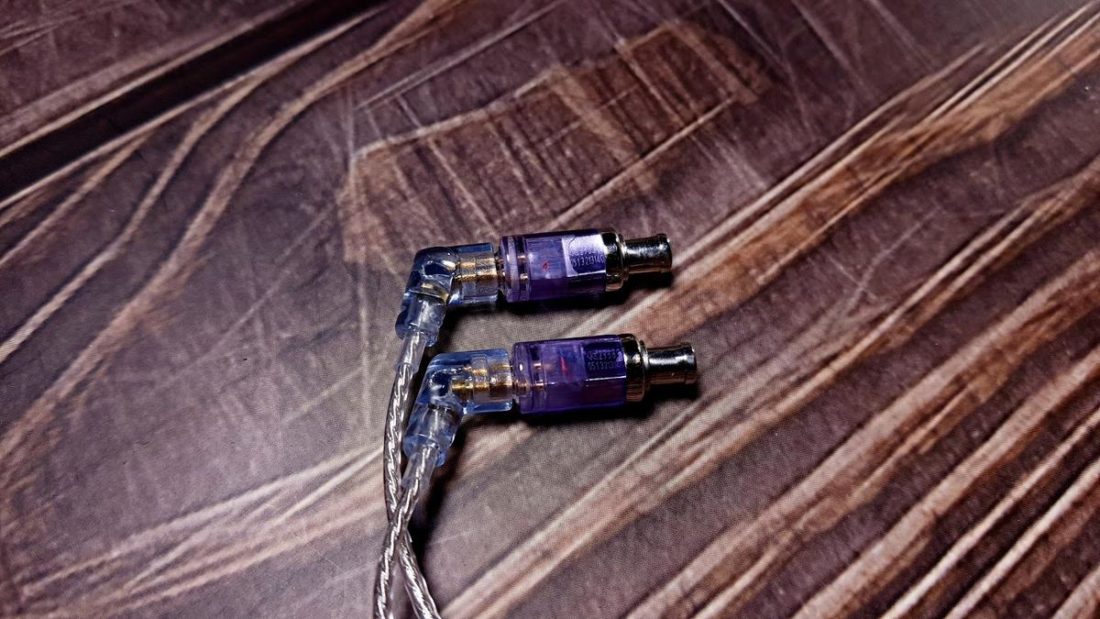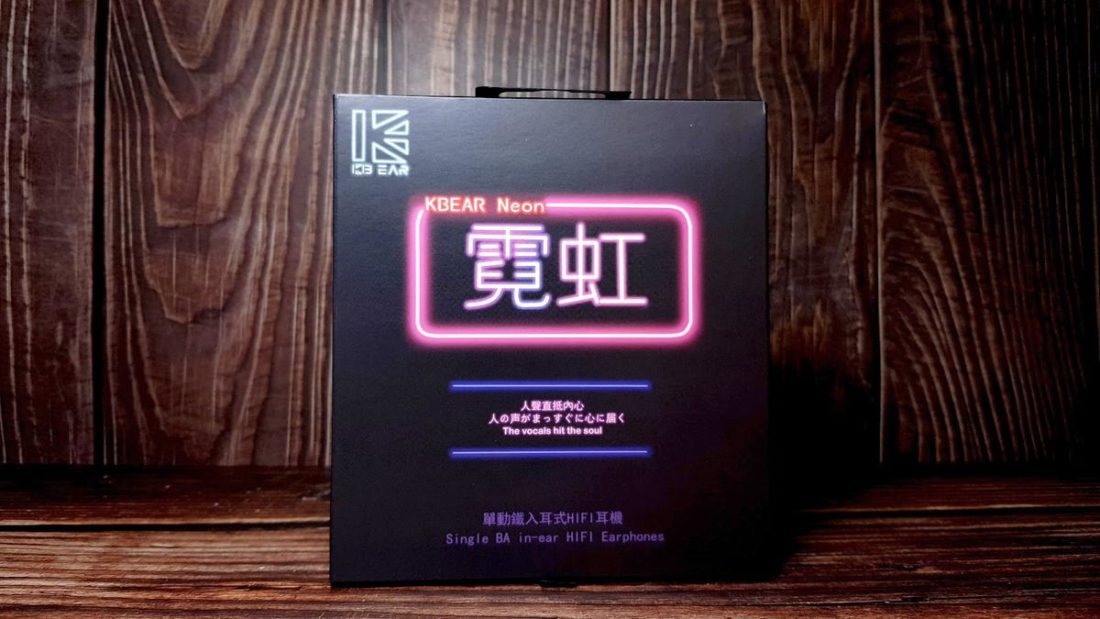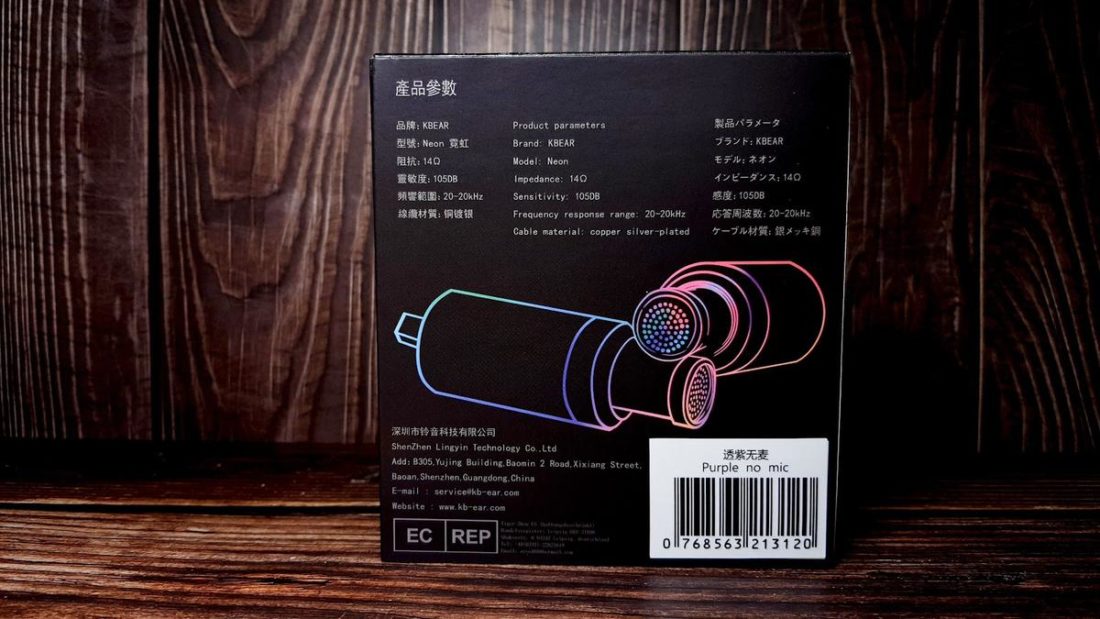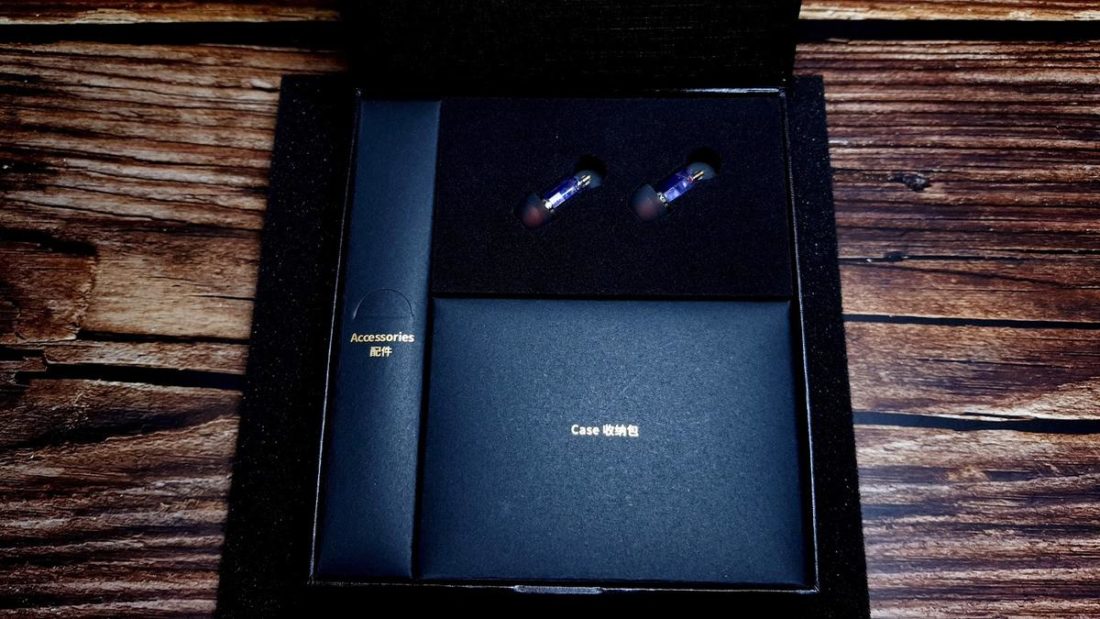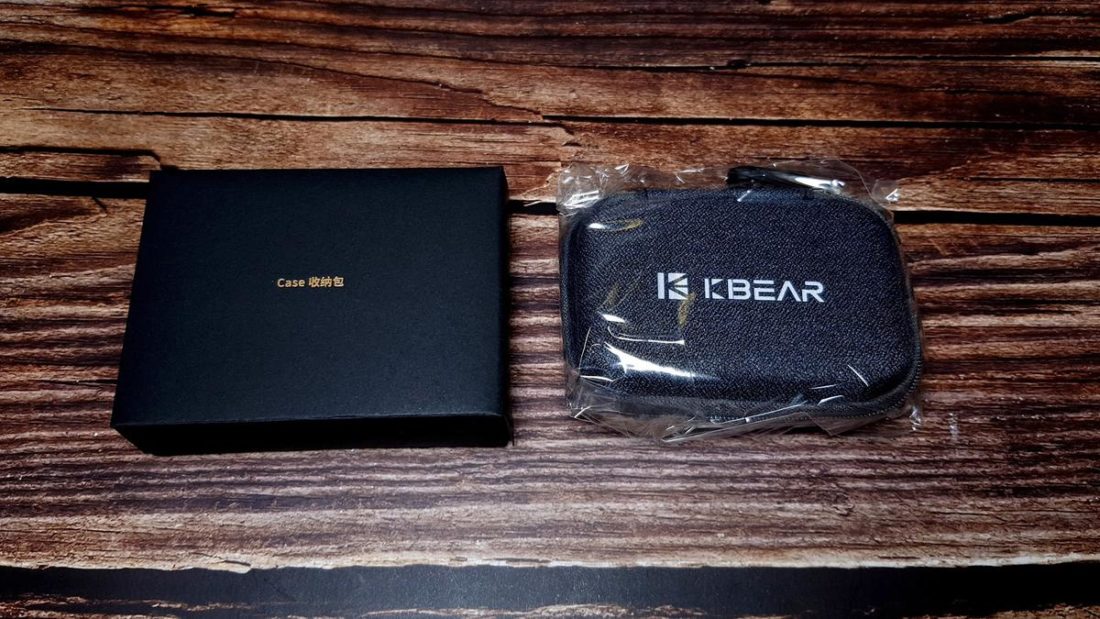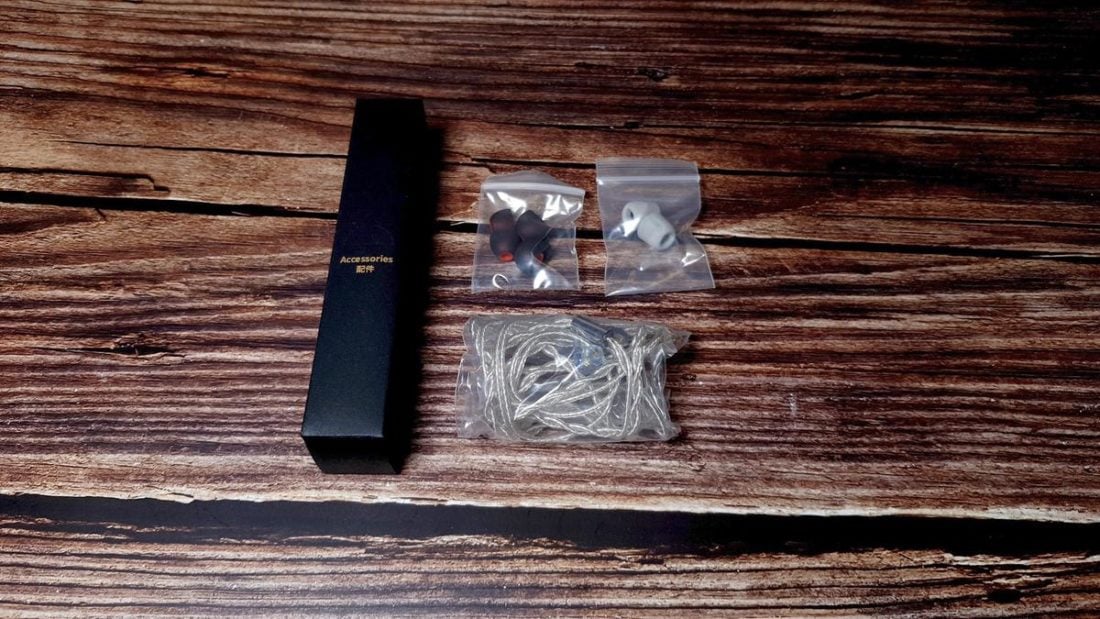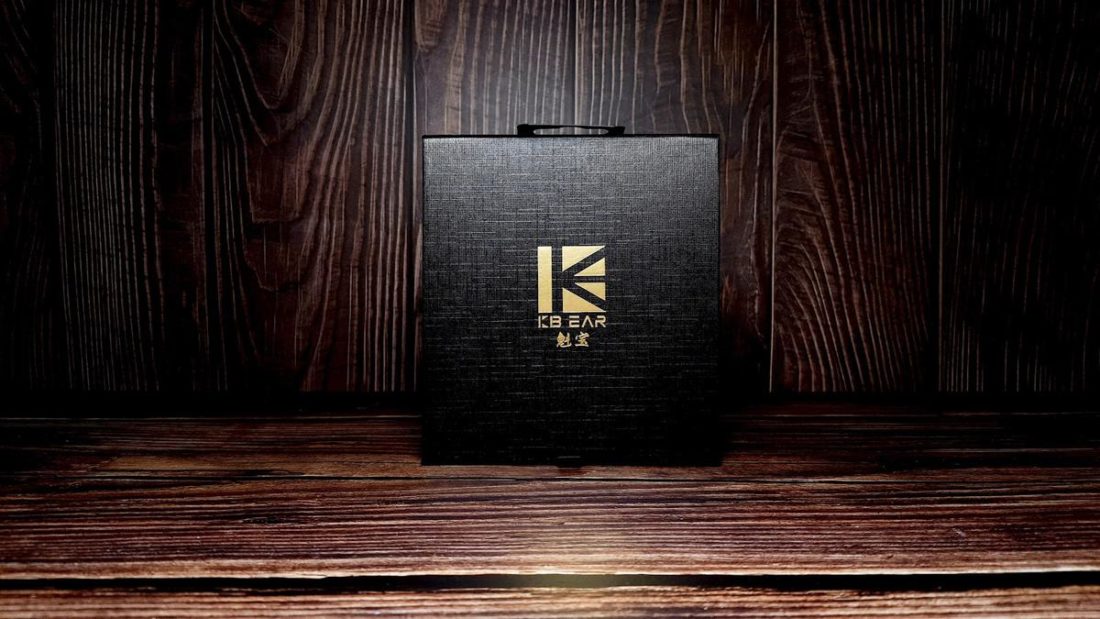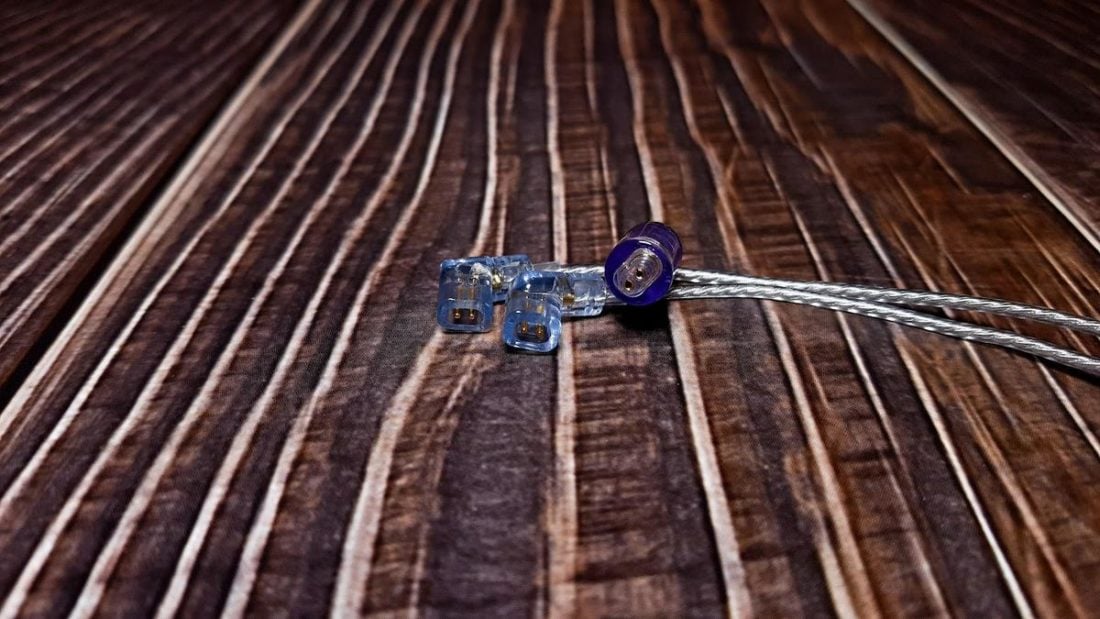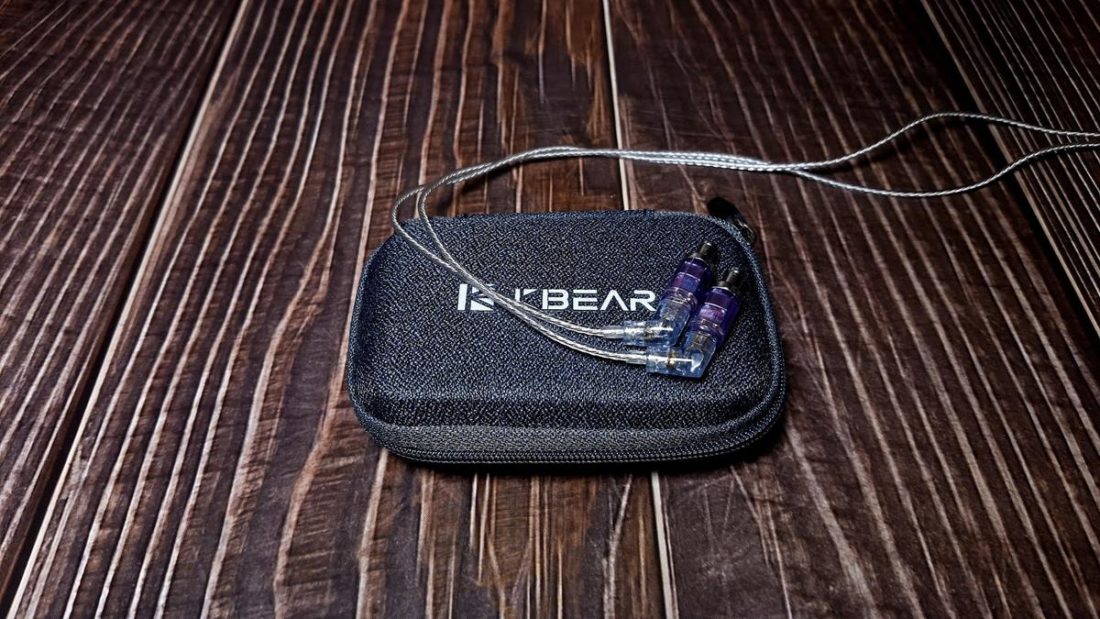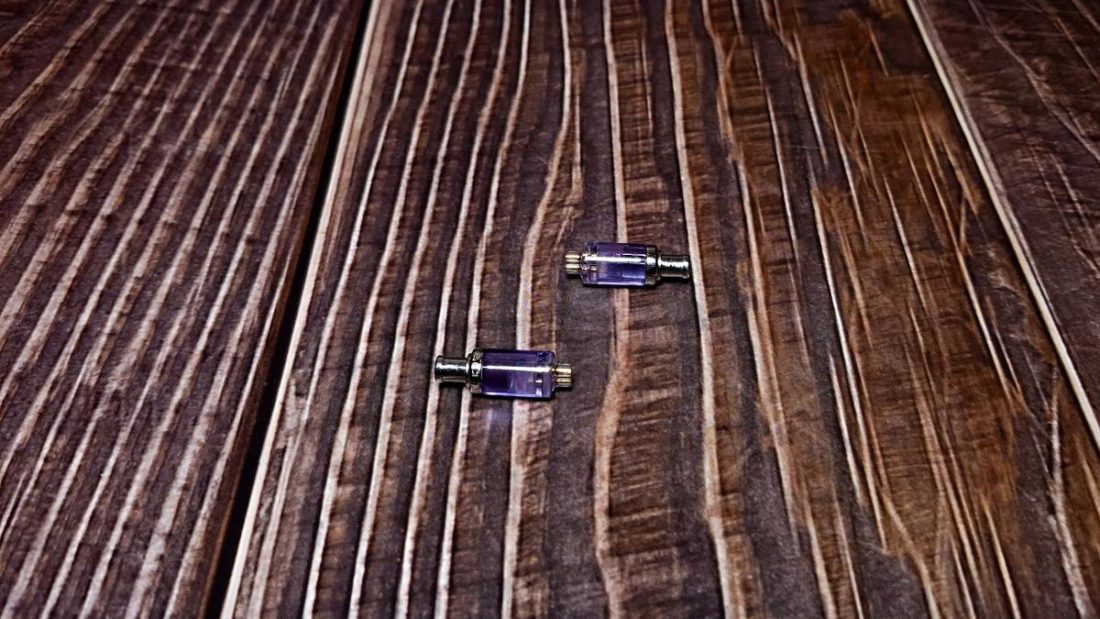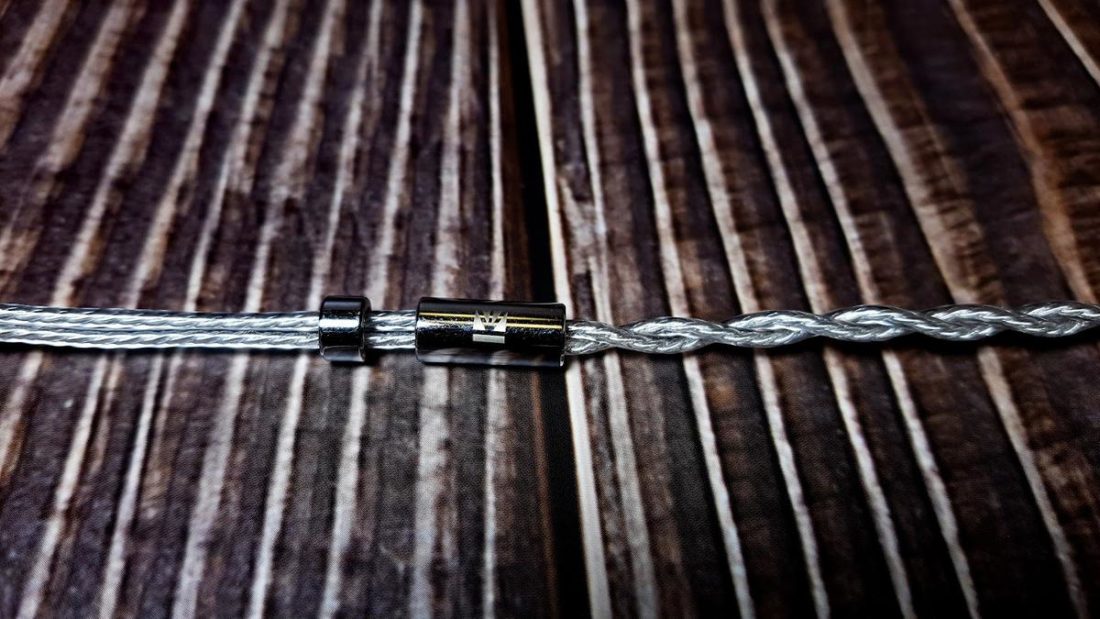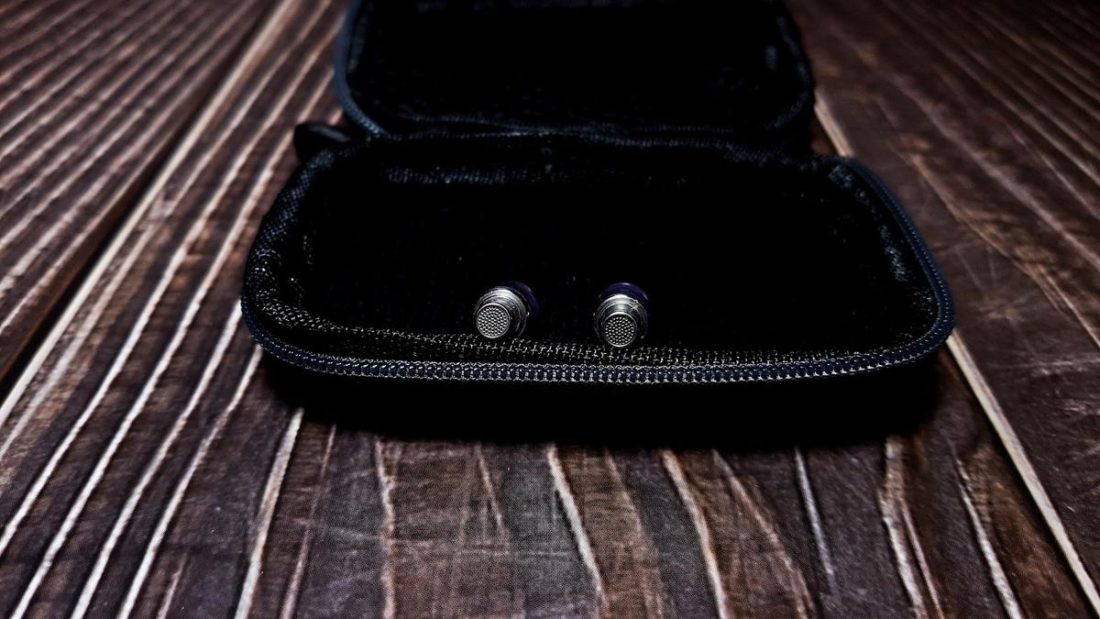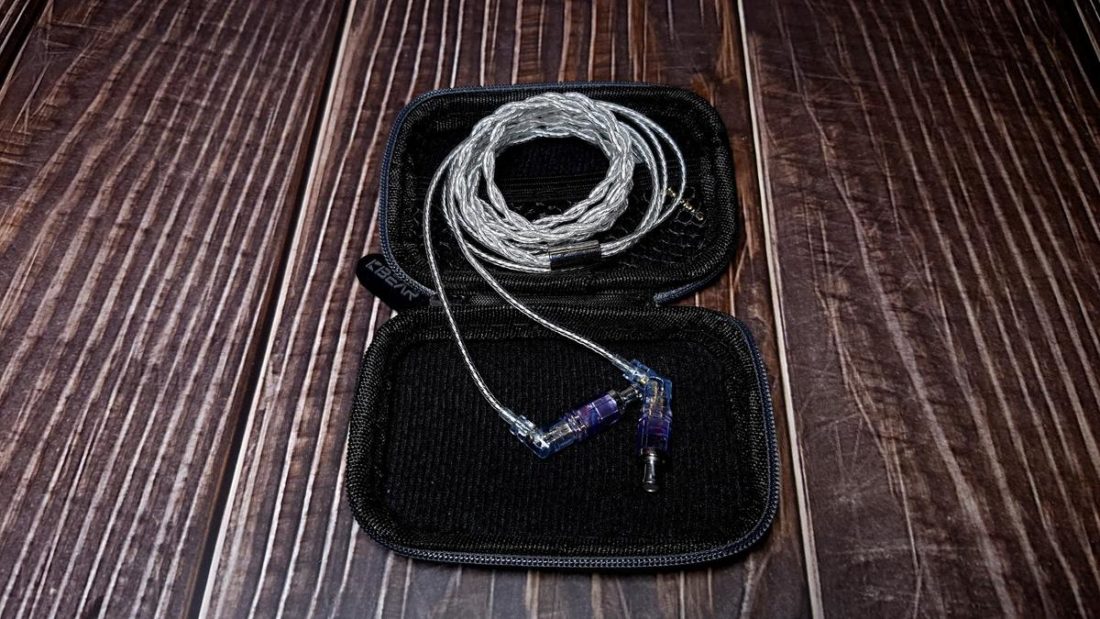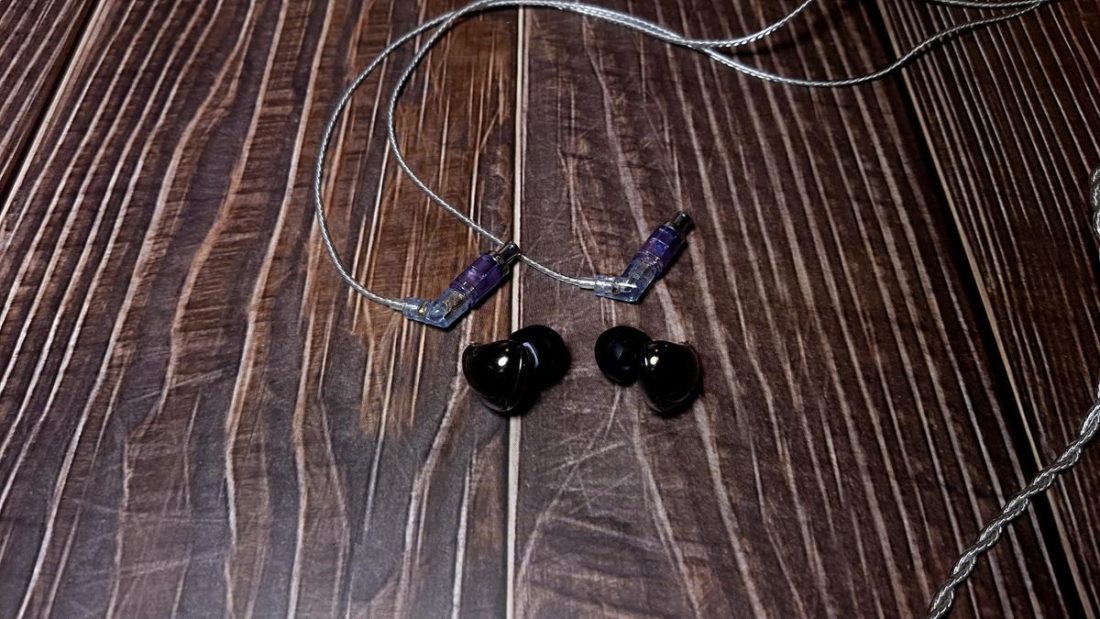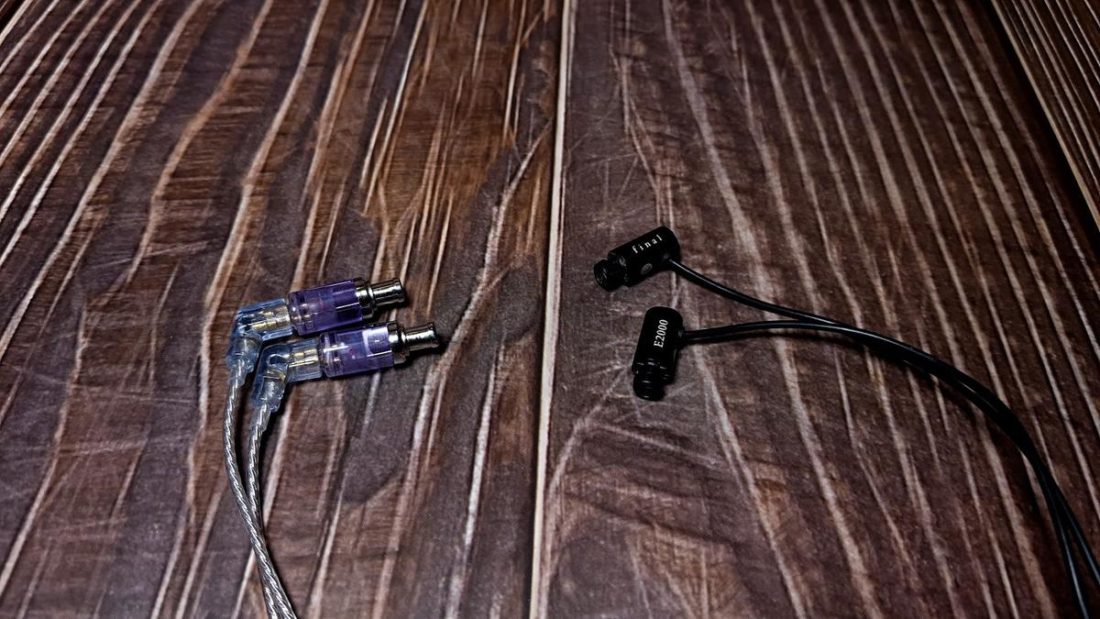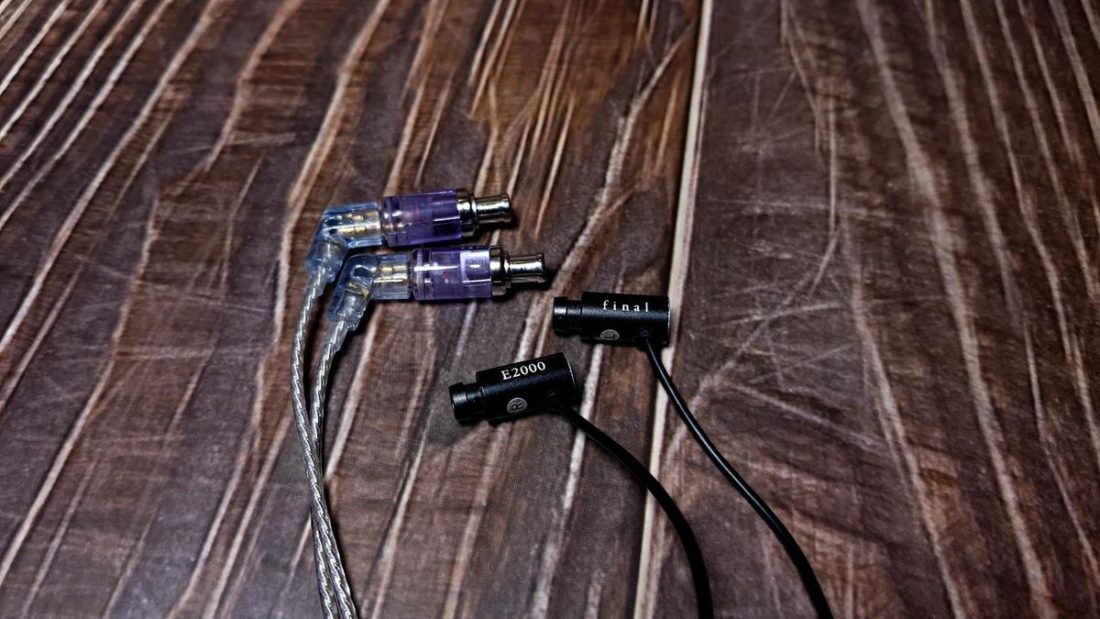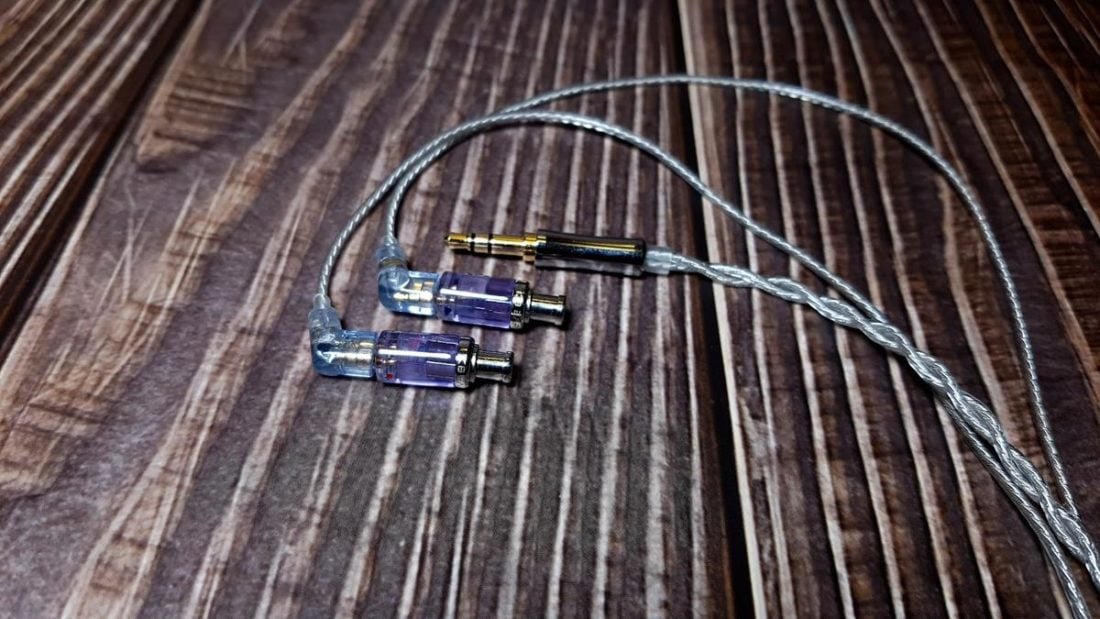The KB EAR Neon are a pair of single balanced armature earphones. Yes, you heard it right. Not single dynamic driver, but single balanced armature. One BA per side is not something we see very often in the market. We are quite used to single dynamic driver IEMs, regardless of price range. However, the use of a single balanced armature has definitely caught my attention. Let’s dive deeper to see if this standout feature works or not.
About KB EAR
Like many other Chi-Fi brands out there, KB EAR (also commonly written as KBEAR) started as an OEM/ODM firm for other Hi-Fi/head-fi companies. They founded their own brand in 2014 in Shen Zhen, China. Since then, the brand has launched multiple highly regarded, affordable products, such as the Diamond, Believe, KS2, etc.
Technical Specifications
Drivers: Knowles 29689 full frequency BA driver Impedance: 14 Ω Sensitivity: 105 dB/mW Frequency response: 20 – 20000 Hz Cable: 4 cores 4N copper silver-plated cable, 0.78 mm 2 pin, 3.5mm
Packaging and Accessories
The Neon come in a rather standard black box. What stands out is the colour choice of the text on the box. The purple and pink colours and shadow effect have a strong resemblance to a neon tube, which suits the scheme of the Neon very well. On the back, you get all the technical specifications of the Neon Once you open the lid, you will find the two earpieces of the Neon lying on a foam piece. Next to that foam piece, you see a long, rectangle box labeled “Accessories” and another box with “Case” written on it. Inside the Case box, wait for it, is the carrying case. An extra plastic bag protects the carrying case to prevent any scratches or dust, which is welcome. The carrying case itself may not be the most premium-feeling, but it is sturdy and lightweight. So, in terms of practicality that’s a win. In the “Accessories” box, you’ll find the cable, 2 pairs of silicone eartips, and a pair of foam eartips. I was hoping for a little bit more, maybe just one extra pair of silicone tips in a different size. However, the number of accessories is reasonable for a pair of budget IEMs.
Design and Comfort
The KB EAR Neon follow an old-school design. Unlike the more common “over-ear” wearing style earphones that we are used to these days for in-ear monitors, the Neon have a bullet design. This may be good or bad depending on what you prefer. I like the “over-ear” wearing style, but YMMV. The reason why I don’t prefer this style is because the earphones often fail to stay in my ears properly and fall out after a while (looking at you, JVC FW01). Thankfully, the Neon are very lightweight and have a small diameter so matched with the correct choice of eartips they provide a decent fit. After getting a good fit with the right eartips, the Neon provide a decent amount of noise isolation. With a single balanced armature driver, the Neon do not require vents for the dynamic drivers to operate. The colour of the barrel can be selected by the buyer, and there are 3 options: black, purple and red/blue. I opted for the purple version, but you may choose the colourway that suits you the best.
Sound Analysis
Before making any judgement for the review, I burned in the Neon for about 150 hours. Here is more information on the burn-in process right here. I know some out there have pretty strong opinions about burning-in IEMs, especially those with balanced armature drivers. If that’s you, just remember that this is something that I always do to ensure consistency across all my reviews. The Neon are very unique. Not only due to the old-school wearing style and the single balanced armature driver setup, but also to their tuning. Unlike the V-shaped sound signature that is common in this price range, the Neon have a mid-focused sound. Or I would put it, a reversed V-shaped sound signature.
Bass
The bass is probably not the reason you will be getting the Neon, especially if you’re looking for punchy bass response. On the positive side, the Neon do have excellent clarity and resolution down low. However, if you love your bass with good body and warmth, you will be better off with a pair of hybrid or dynamic driver IEMs. Otherwise, the Neon will serve you very well. The sub-bass extension is below average, to say the least. If you listen to music genres such as EDM or drum-heavy music, you may feel underwhelmed because of the lack of sub-bass presence. It is more often felt than heard. However, even so, the Neon provide fast decay, decent resolution, and good agility down low. The mid-bass has a bit more punch and body than the sub-bass. Still, do not expect dynamic driver-like performance. The Neon are very controlled and have limited quantity, but they show excellent speed and cleanliness throughout each and every bass note.
Midrange
The midrange performance in the Neon is stellar. This is THE reason you will want to get the Neon. Being a pair of mid-focused IEMs, the midrange is placed a step forward when compared with the bass and treble response. They also show a good sense of clarity and resolution in vocals and most musical instruments. Despite the bass-light characteristic, the lower midrange performs surprisingly decently. Male vocals and some deeper female vocals show a clean presence. Although they do not have the thickest body or warmth, it is compensated for by the forward-placed midrange, and they sound realistic and energetic. The upper midrange again shows good agility, so violins and female vocals are clean and have fast response. Furthermore, they aren’t aggressive or harsh. Despite the agile and clean upper midrange, the Neon are not sibilant and the “s” regions of the vocals are completely problem-free. So, it is possible to listen to the Neon for hours straight without fatigue.
Treble
The lower treble follows the non-aggressive nature of the upper midrange. They are on the smoother side with a more laid-back presentation compared to the midrange. The transition from the upper midrange to the lower treble is quite smooth and natural. There is still a decent amount of sparkle, but because of the more relaxed treble performance, the detail retrieval is not particularly outstanding. In the mid and upper treble regions, the Neon retain their relaxed and laid-back presentation. The mid treble is smooth and non-fatiguing, although sometimes they may seem too relaxed and that their resolution is lacking. On the upside, this also means that even the most treble-sensitive listener will not experience harshness with the Neon. The upper treble extension, on the other hand, is only just average, and there is early roll-off in the upper treble.
Technicalities and sensitivity
The Neon are quite sensitive and do not require an external amplifier to drive them to their full potential. Obviously, if you have a better source, the Neon will be able to show you the improvement, but a powerful amplifier is absolutely not necessary. That being said, they are not overly sensitive to the extent of becoming a hiss detector. For technicalities, the Neon have decent soundstaging ability. They have good width and depth for their price range. Not class-leading, but still very nice. The height, unfortunately, is not as good as the other dimensions. Mostly because of their average treble extension, the height of the soundstage is rather limited. The bass response and the midrange have good resolution, but in certain songs the relaxed treble may cover up some details.
Comparison
The price range of around $50 is flooded with many different options. However, not a lot of them are particularly amazing, and even fewer show similarities with the Neon. In this section, I will compare the Neon with two of the best IEMs under $50 (in my opinion), the Final Audio E2000 and the legendary BLON BL03. Both of these IEMs launched a while back but are still highly regarded by many. Like the KB EAR Neon, they also feature a single driver setup. But unlike the Neon, both the Final E2000 and the BL03 have a single dynamic driver, instead of a balanced armature driver. Let’s see how the different driver choice impacts their performance.
KB EAR Neon vs BLON 03
The BL-03 are one of the greatest hits in the budget portable audio market. Many love them because of their extremely good performance at a reasonably affordable price, while others just enjoy the V-shaped sound of the BLON as their first entry into IEM listening. The BL-03 are a bit of the polar opposite of the Neon. Where the Neon are more midrange-focused and have a more laid-back and recessed bass and treble, the BL-03 are V-shaped. The BL-03 have much deeper sub-bass extension, and they punch harder than the Neon. Both of them are detailed down low, but the BL-03 have more body and better-layered bass. For midrange, the Neon place the vocals closer than the BL-03. The midrange clarity is slightly better in the Neon, even though the BL-03 aren’t far behind. Vocals sound more natural and realistic in the Neon than in the BL-03. The BL-03, on the other hand, have better treble performance, with clearly greater extension and resolution over the Neon, and as a result, the soundstaging and imaging ability is also better in the BL-03.
KB EAR Neon vs Final E2000
The E2000 are a single dynamic driver design, and have a bullet-style design similar to the Neon. From the perspective of sound, there are several similarities between the E2000 and the Neon in certain areas, while being different in others. The Final E2000 have a more balanced and slightly warmer sound signature than the Neon’s mid-oriented sound. In the bass response, the E2000 show better extension and layering than the Neon. They also have greater punchiness, though not to the extent of the BL-03. Both of them have good resolution down low, but the E2000 sound more organic and natural. In the midrange, both of them, again, have good clarity. The Neon, however, place the vocals a bit more forward than the E2000. The E2000 are, in turn, warmer and more emotional in the midrange, which some may prefer over the Neon. The treble response is where the two are the most similar. Neither of them are aggressive or sibilant, and they both have a more relaxed treble presentation. Also, neither have the most impressive treble extension around this price range, though the E2000 are slightly ahead of the Neon. Also, the E2000 have better resolution, a larger soundstage, and a little bit more sparkle than the Neon.
Where to Buy
You can buy the KB EAR Neon from:
Verdict
The KB EAR Neon provides a clean, solid, and refreshing option in the market for those who are tired of encountering similarly tuned earphones. Unlike most other IEMs around this price range, which generally have a V-shaped, warmer sound signature, the Neon successfully place the spotlight on the midrange. They may not have the ultimate extension at both ends of the spectrum, the best resolution up top, or a huge soundstage, however, the KB EAR Neon are certainly a solid option for those who are looking for something different in the budget IEMs market.
